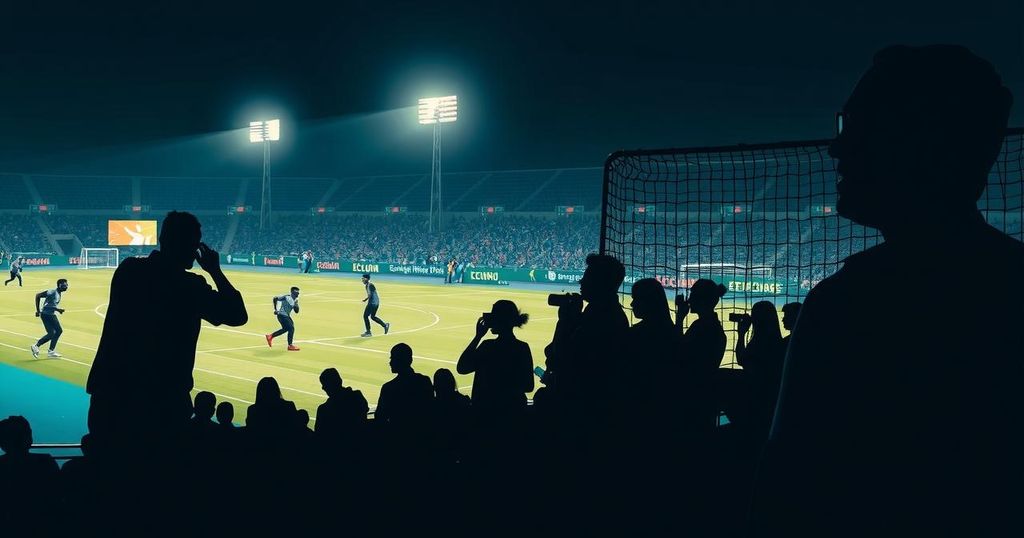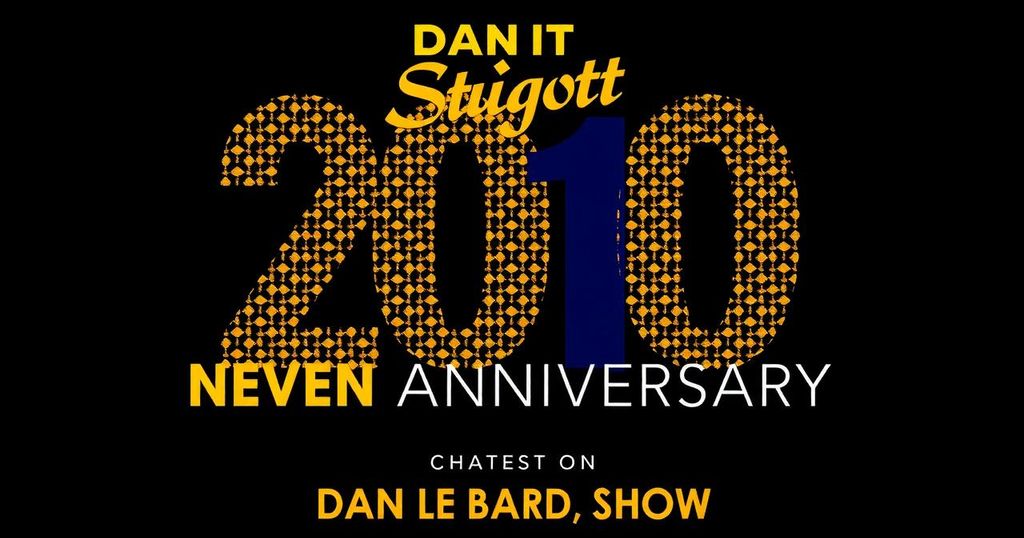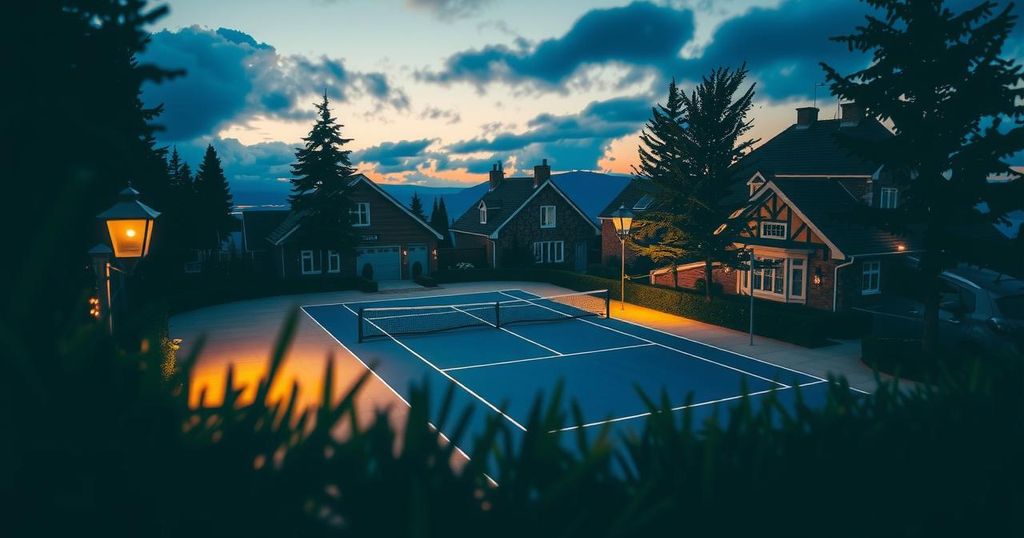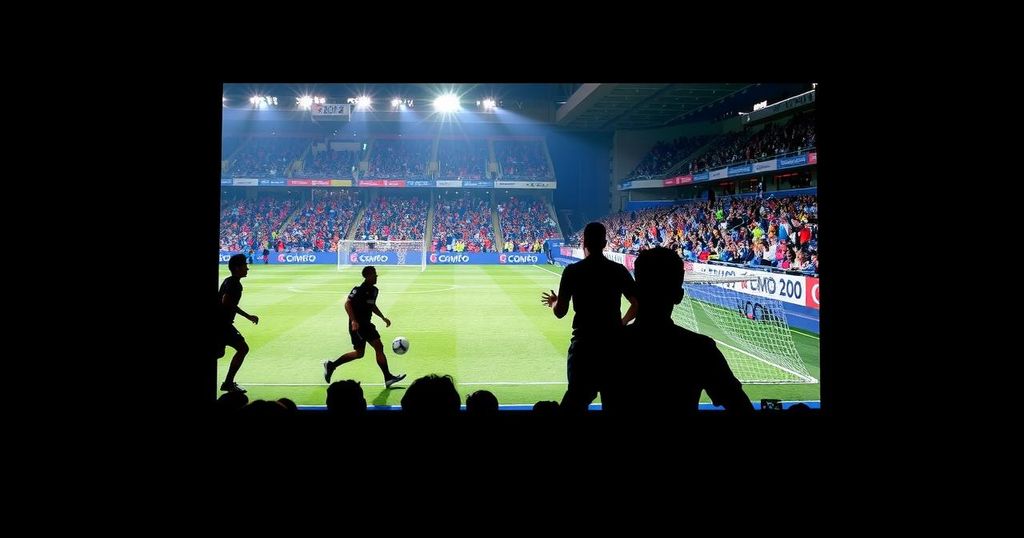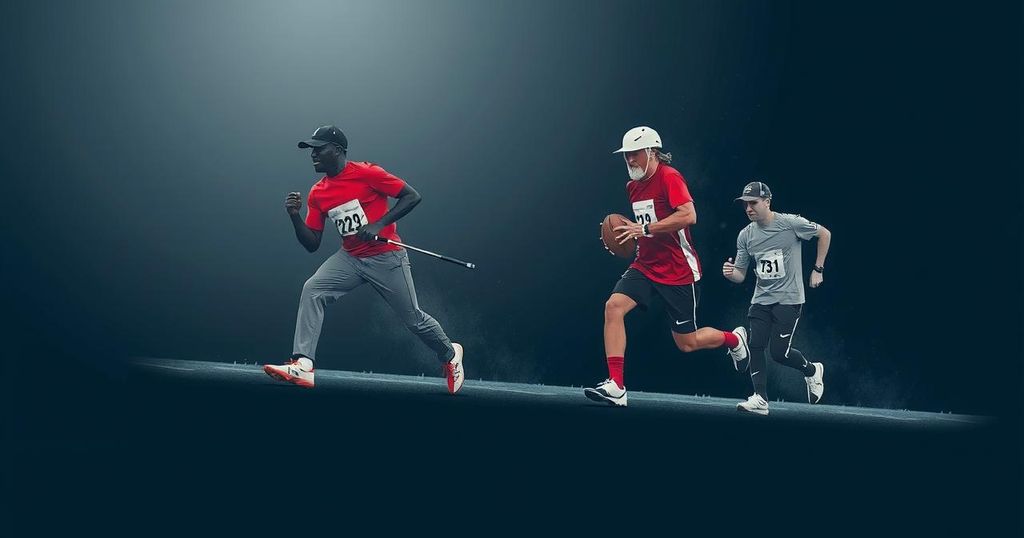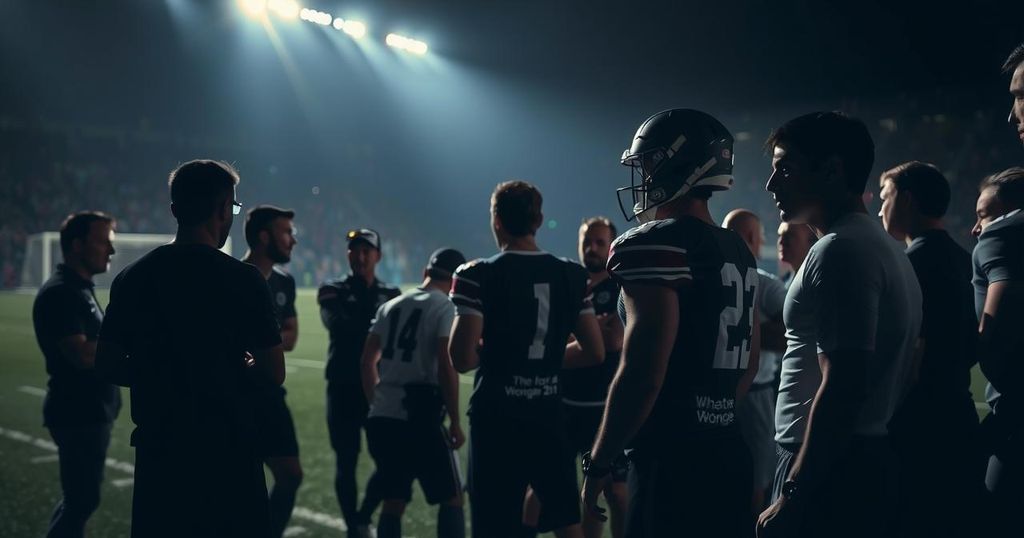At the 2024 Paris Paralympic Games, blind football creates a unique spectator experience requiring silence during play, with cheering permitted at specific moments. Fans adapt to new rules, emphasizing respect and engagement in a sport relying heavily on auditory cues. Their reactions help foster a communal atmosphere despite the challenges of navigating when to cheer.
At the 2024 Paris Paralympic Games, spectators at blind football matches experience a unique atmosphere, balancing silence with moments of excitement. As players navigate the field using sound cues—like a ball containing a rattle—fans must remain quiet during play but are encouraged to cheer when the game pauses. This respectful dynamic allows the audience to fully engage while navigating the sport’s different requirements compared to traditional soccer. Brazilian player Jeferson “Jefinho” Goncalves notes the fans’ energy impacts the game, while first-time attendees like Dutch fan Jamie Koudijs express their thrill at participating in this distinct environment. Despite initial confusion about when to cheer, fans like Eliana Mason find their comfort in knowing the game’s flow and the appropriate moments to react. Ultimately, the silence at blind football matches is rooted in respect for the players and the sport itself, emphasizing a deep connection between all involved, as witnessed by fans like Joaquim Mendes and Jade Sidot.
Blind football, a variant of soccer for athletes with visual impairments, emphasizes auditory engagement due to the absence of sight. It requires a unique atmosphere in the stadium where silence during play allows players to rely on sound for guidance. Fans must adapt to a new set of rules that dictate their reactions, offering a fresh perspective on sportsmanship and crowd involvement at events like the Paralympics.
The experience of attending blind football matches at the Paralympics showcases the balance between respect and enthusiasm from the crowd. This dynamic not only enhances the athletes’ performance but also transforms how spectators engage with the sport, fostering a community atmosphere that honors both silence and celebration. As awareness grows, these sporting events could redefine traditional spectator behavior and create new forms of camaraderie among fans.
Original Source: www.nbcnewyork.com
